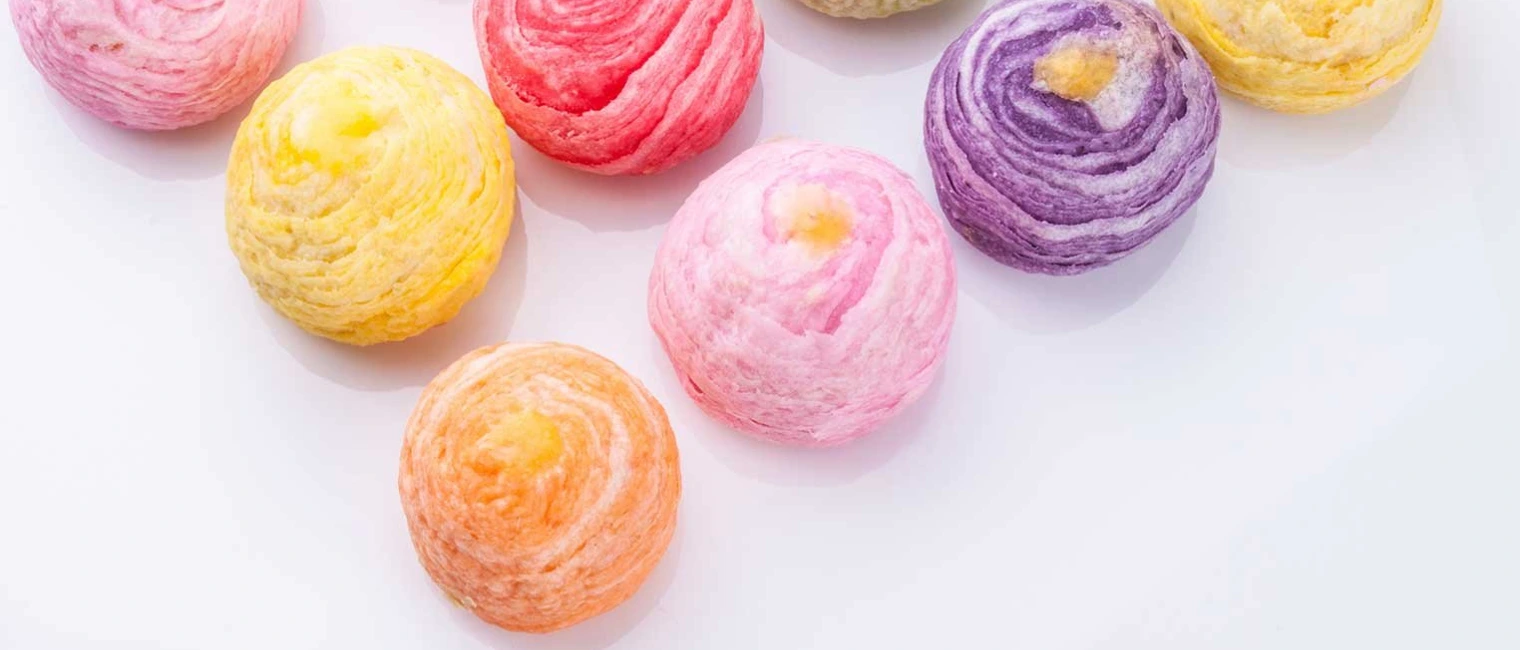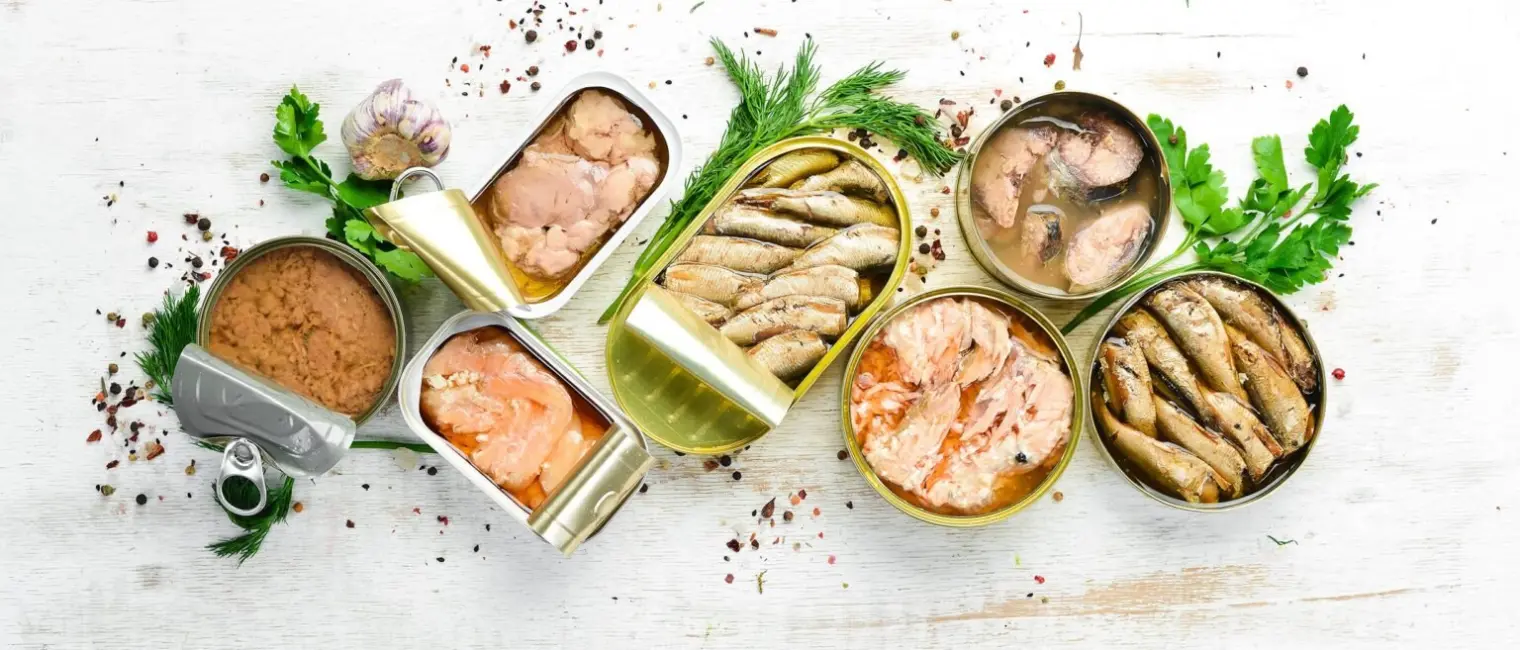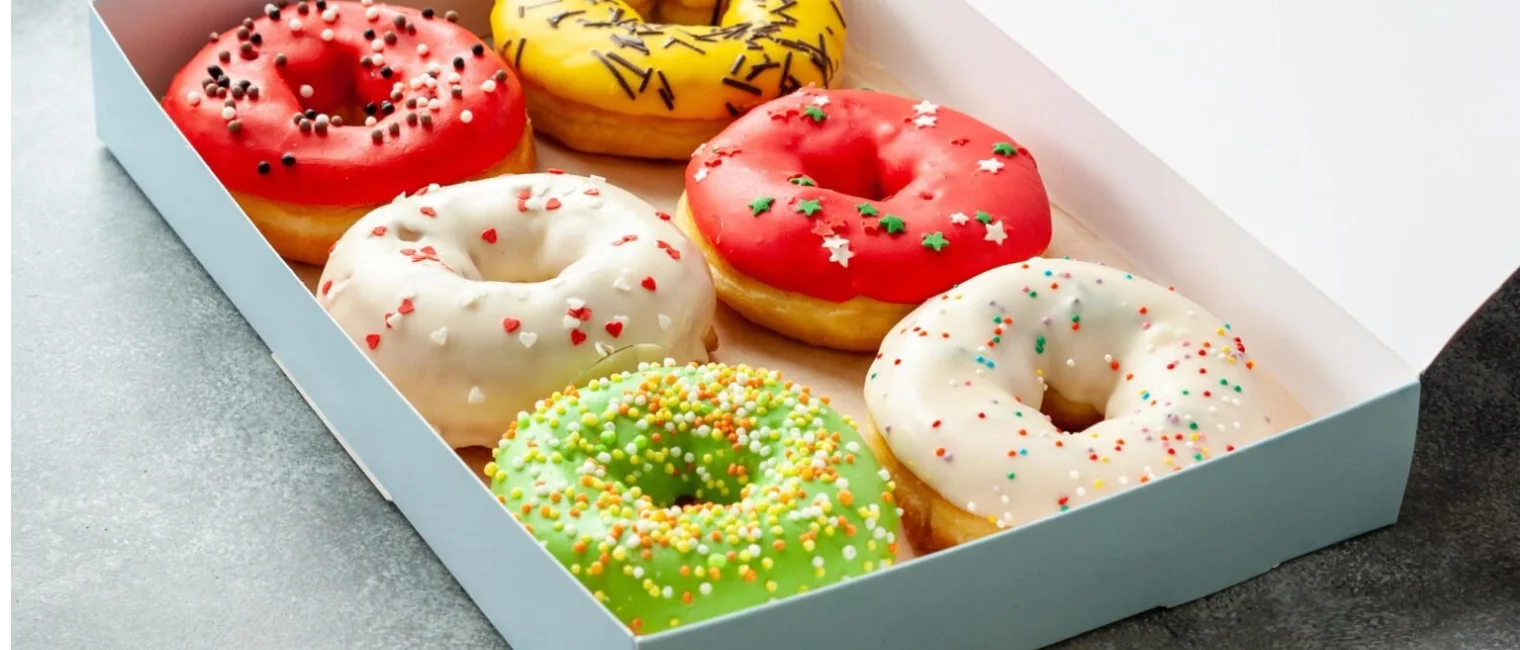With every passing day, frozen food products are becoming more integral to our daily lives, especially for the working populace with hectic schedules.
Since frozen foods save an enormous amount of time and energy in preparing fresh meals, they are increasingly being adopted by millions worldwide, resulting in the frozen foods industry growing by leaps and bounds year after year.
While food colors play a pivotal role in enhancing the aesthetic appeal of frozen food, their importance is often overlooked in the larger scheme of the frozen foods’ ecosystem.
In this blog post, let’s look at the various types of food colors used in frozen food products, the myriad set of challenges encountered while choosing the right food colors, and how ROHA has been leading from the front when it comes to co-creating customized food colors for manufacturers of frozen food products.
Types Of Food Colors In Frozen Foods
Food colors are essential for making frozen food products visually appealing to consumers. The types of food colors used in frozen food products are primarily categorized into two broad types – natural food colors and synthetic food colors.
Natural food colors are the ones that are extracted from a variety of natural sources like as fruits, vegetables, herbs, spices, etc. Some of the most widely used natural colors for frozen foods include Beta-carotene, Paprika, and Beetroot.
On the other hand, synthetic food colors are those that are artificially produced using a combination of a variety of chemicals. Allura Red, Brilliant Blue, Sunset Yellow, and Tartrazine are some of the most commonly used synthetic colors in frozen foods.
Challenges In Choosing The Right Food Colors For Frozen Foods
Choosing the right food colors for frozen food products is easier said than done as there are multiple factors like safety, stability, region-wise regulatory compliances, and lastly consumer appeal that can pose significant challenges for frozen food manufacturers.
When foods are frozen, they naturally lose their original color as the water content in the food transforms into tiny ice crystals. Since these ice crystals can often cause the food’s texture to change, they can further impact the food’s overall color.
It is precisely because of this that frozen food manufacturers should use food colors that can efficiently withstand the freezing, and subsequent thawing process, and seamlessly maintain their color without any fading. This is particularly challenging for natural food colors that are more sensitive to temperature and pH changes as compared to synthetic food colors.
Another major challenge when using food colors for frozen food products is a plethora of regulatory compliances that can vary from region to region. Since many countries have their unique regulatory mandates for food additives, food manufacturers must expertly navigate this complex regulatory landscape to ensure that their food products are cohesively compliant with the specific rules of their target markets.
When it comes to delivering the best-match food colors for frozen food products, ROHA has it all.
Seamlessly adhering to all regulatory compliances, ROHA’s food colors have been meticulously engineered by experienced food color specialists that ensure that the frozen food products are not only visually appealing but also safe and healthy for human consumption
To learn how ROHA’s specialists can closely work with you to co-create a diverse range of customized frozen food colors, get in touch with us at contact@rohagroup.com.






Global
Simpsons